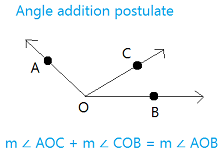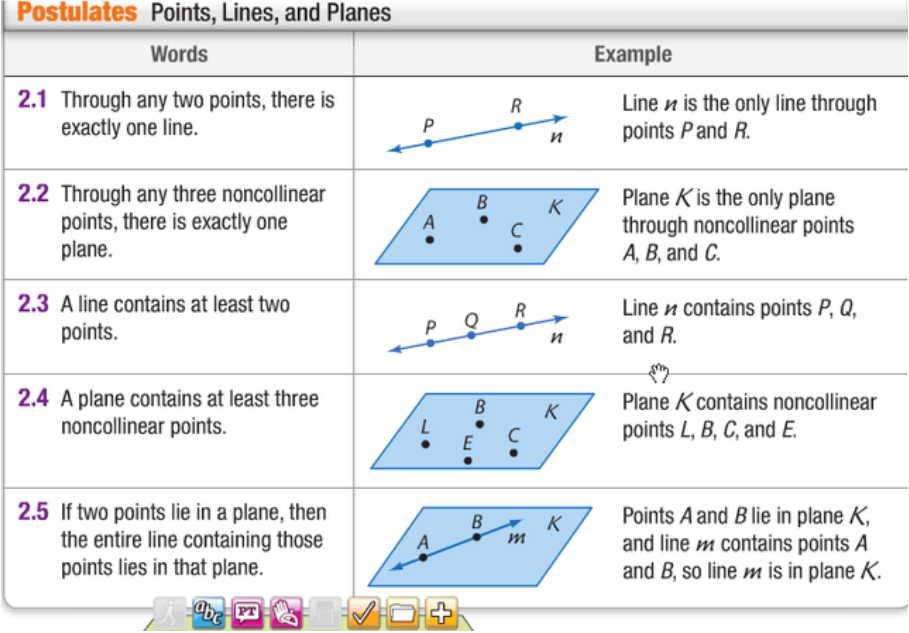

In the twentieth century, a number of important discoveries in mathematics and logic showed the limitations of proof from postulates, thereby invalidating Peano ’s axioms. By the end of the century, however, mathematics came to be viewed more as a means of deriving the logical consequences of a collections of axioms. Prior to the nineteenth century mathematics had been seen solely as a means of describing the physical universe. The result was to change the way mathematics is viewed. Indeed, during the nineteenth century, virtually every branch of mathematics was reduced to a set of postulates and resynthesized in logical deductive fashion. If a set S of numbers contains zero and also the successor of every number in S, then every number is in S.īased on these five postulates, Peano was able to derive five fundamental laws of arithmetic, the Peano axioms, that provided not only a formal foundation for arithmetic but for many of the constructions upon which algebra depends.Two numbers of which the successors are equal are themselves equal.If b is a number, the successor of b is a number.” In addition, Peano assumed that the three concepts obeyed the five following axioms or postulates: Postulates figure prominently in the work of the Italian mathematician Guiseppe Peano (1858-1932), who formalized the language of arithmetic by choosing three basic concepts: zero number (meaning the non-negative integers) and the relationship “is the successor of. Not until the nineteenth century did mathematicians recognize that the five postulates did indeed result in a logically consistent geometry, and that replacement of the fifth postulate with different assumptions led to other consistent geometries. It is interesting to note that for centuries following publication of the Elements, mathematicians believed that Euclid ’s fifth postulate, sometimes called the parallel postulate, could logically be deduced from the first four. Thus, mathematicians usually seek the minimum number of postulates on which to base their reasoning. Sometimes in the course of proving theorems based on these postulates a theorem turns out to be the equivalent of one of the postulates. When developing a mathematical system through logical deductive reasoning any number of postulates may be assumed. 300 BC) containing some 400 theorems, now referred to collectively as Euclidean geometry.

On the basis of these 10 assumptions, Euclid produced the Elements, a 13-volume treatise on geometry (published c. Any two things that can be shown to coincide with each other are equal.Equal things having equal things subtracted from them have equal remainders.



 0 kommentar(er)
0 kommentar(er)
